Japan’s long democratic detour

The world’s third-largest economy is experiencing challenging times. Shaped by two of history’s worst man-made disasters, Japan has become a hesitating democracy suffering under the control of a nostalgic political class.
“I do not like this tour,” says Salam Nishida, a local journalist from Fukushima as we head into the so-called “death zone” at Ōkuma on the Pacific coastline.
Shortly before 3pm, we park our car outside the three collapsed Daiichi nuclear reactors. Exactly seven years ago, around this time in the afternoon, the “Great Eastern Japan Earthquake” (magnitude 9.0) triggered a devastating multiple disaster on this part of Japan’s Honshu island, some 250 kilometres north of Tokyo.
Following the earthquake, a 15-metre tsunami inundated an area of more than 500 square kilometers and killed almost 19,000 people. More than a million buildings were destroyed. Here at Ōkuma, three of the four reactors belonging to the Tokyo Electric Power Company lost their cooling capacities and melted down, contaminating a large area with radiation for decades to come.

“This was one of Japan’s most attractive tourist areas with many hot springs and great agricultural land,” says Nishida, who continuously measures the radiation when driving across the contaminated zone. On many spots, the radiation is around three times as much as an x-ray exposure.
It feels like visiting an apocalyptic movie set. On our way, we pass hastily abandoned buildings, schools with kids’ bikes standing outside, shopping centres full of unsold hardware, half-empty swimming pools, and billboards with election advertisements from a vote seven years ago.
While the railway line along the seashore remains closed for safety reasons, the National Highway 6 reopened for transit four years ago. Along the route, giant green plastic sheets cover hundreds of piles of contaminated soil.
To mark some form of a return to normal, the Japanese authorities have opened several newly renovated shopping malls just outside the forbidden zone, in which the staff by far outnumber the mostly elderly customers.
“Younger people, especially families with children, will not come back for a long time,” says Nishida, who, after having been evacuated to Tokyo in the disaster’s aftermath, has returned back to “tell the world what is going on here”.
Missed opportunities, post-Fukushima
Later that afternoon, we reach one of the bigger cities of the Fukushima region, Kōriyama. A few thousand people have gathered to protest what they call “irresponsible politics” on the part of the Japanese government, led by Prime Minister Shinzo Abe.
They accuse Abe and his Liberal Democrats (the party that has ruled Japan since 1955 with very short exceptions) of “not having learned the lessons of the disaster”.
Local communities across Japan have started to invest in renewable electricity production, but the Abe government has not used the post-Fukushima momentum to turn away from nuclear power, as has occurred in many other countries.
Instead, the government has kept the main national power companies’ regional grid monopolies intact and has agreed to bring most of the 54 closed nuclear reactors across Japan back into operation by 2025.
Eleven are already back online, and there are plans to build 40 new coal plants in the next decade.
By contrast, new renewable energy producers are only allowed to connect to the power grid with a maximum voltage of 50 kilowatts.
Multiple voices are now calling for a course correction, even within Abe’s own fragmented party.
“I am seriously concerned about our current situation,” the Japanese foreign minister, Taro Kono, recently said at an energy conference in the United Arab Emirates. And with Prime Minister Abe and many of his ministers involved in another corruption scandal, thousands of citizens demonstrated every evening last week outside government buildings in Tokyo.

“It is very hard to change anything from below in this country,” said Atsushi Yamada, another veteran journalist I met on the ten-day Japan leg of my democracy world tour.
“Our democracy has no history of strong citizens’ movements or even civic revolutions.”
Indeed, it was another man-made nuclear disaster — at the end of the Second World War — that changed the path of the country. In August 1945, the United States dropped atomic bombs on Hiroshima and Nagasaki, killing at least 130,000 people and prompting Japan’s surrender to the Allies. By 1947, the country had a new constitution setting heavy limitations on military capacity and ensuring basic democratic rights.
Hiroshima referendum impulse
But in contrast to another Hitler ally, Italy, the Japanese never got the chance to have a say in their new political system by approving it in a binding vote. That has fed lingering doubts.
“We do not really feel that this democracy is our democracy,” Yamada says.
In Hiroshima, the atomic bomb inspired some new sources of people power at the local level. Four years after the 1945 bombing, its citizens approved a special law to “build Hiroshima city into a Peace Memorial City”, with 71,852 voters in favour and 7,110 against.
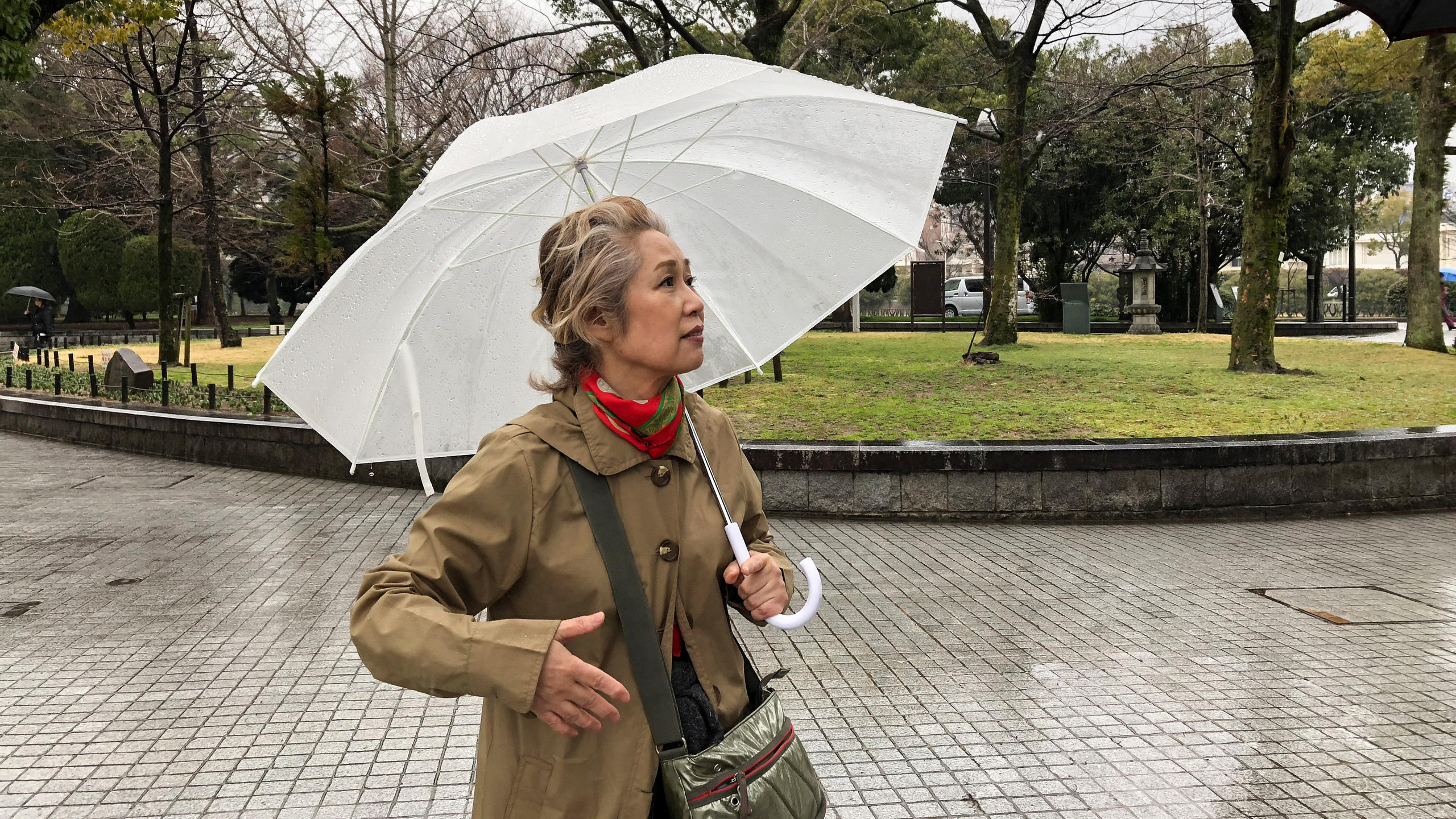
“Since then we have fought against the use of nuclear weapons and [nuclear] energy in our society,” says local resident Reiko Hatsuya.
Hatsuya was born one year after the bombing in the middle of the contaminated debris.
“My parents and many other family members eventually became victims of this inhumane act, and I am as well,” she says.
While accompanying her through the many remains of the catastrophe, including the Atomic Dome and archives where pictures and clothes of the victims are stored, the immediate impacts of nuclear warfare become directly perceptible.
Today, Hatsuya, who is now 71 years old and is retired from a Tokyo-based advertising position, is supporting the struggling young generation in building a more local and participatory democracy.
She does so in part through the Social Book Café, a local meeting place where political debates are held every day on a variety of pressing issues. Several times a month, people like Hatsuya who survived the atomic bomb era share their stories with interested young people.
Which way to democracy?
Despite the local efforts of people like Hatsuya, there is a mood of helplessness across Japan this spring. The country, once a very modern, innovative and striving force in Asia, has become rather uninspired and unsettled.
Anti-democratic tendencies among the governing party, not unlike recent moves in the US, Turkey, Poland and Hungary, grow as the media weakens and big corporations refuse to risk their powerful positions.
After a short but unsuccessful time in government from 2009-2012, the opposition parties are deeply divided, and there is little consensus in society about Japan’s future direction.
It will take many steps to rebuild trust and vitality into Japanese democracy, if the country is to match the recent democratisation of nearby South Korea and Taiwan. And change will only happen from the bottom up by making Japan’s fascinating and well-organised local communities and cities the main driving force behind a modern nation that is truly led by its people.
Swiss-Swedish author and journalist Bruno Kaufmann is on a world tour to explore the state of democracy visiting more than 20 countries on four continents until May 2018.
swissinfo.ch has been publishing a weekly Notebook and multimedia reports by Kaufmann as part of its coverage of direct democracy issues.
Kaufmann’s democracy world tour is mainly sponsored by the Swiss Democracy FoundationExternal link, where he is the director of international cooperation. The Swiss Democracy Foundation hosts various projects and platforms linked to participatory and direct democracy across the globe, including Democracy International, External linkthe Direct Democracy NavigatorExternal link and the Initiative and Referendum Institute Europe.External link

In compliance with the JTI standards
More: SWI swissinfo.ch certified by the Journalism Trust Initiative







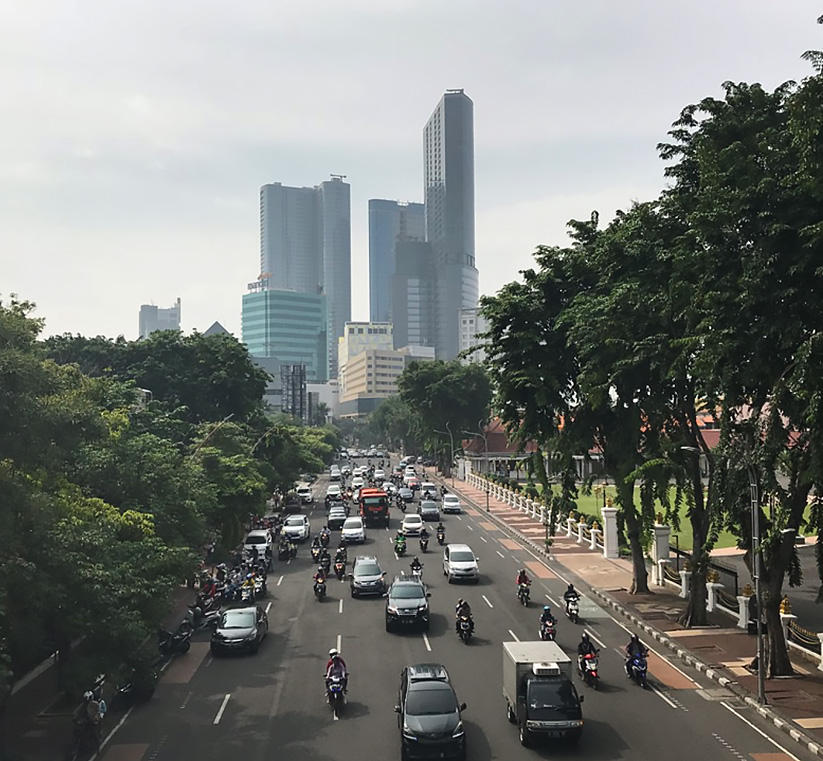

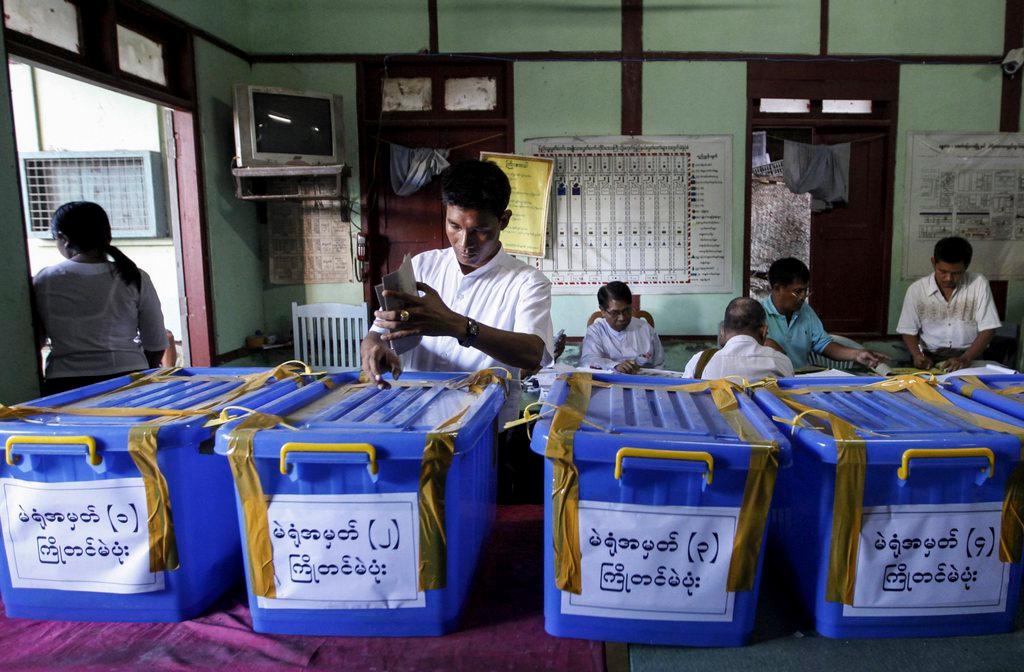
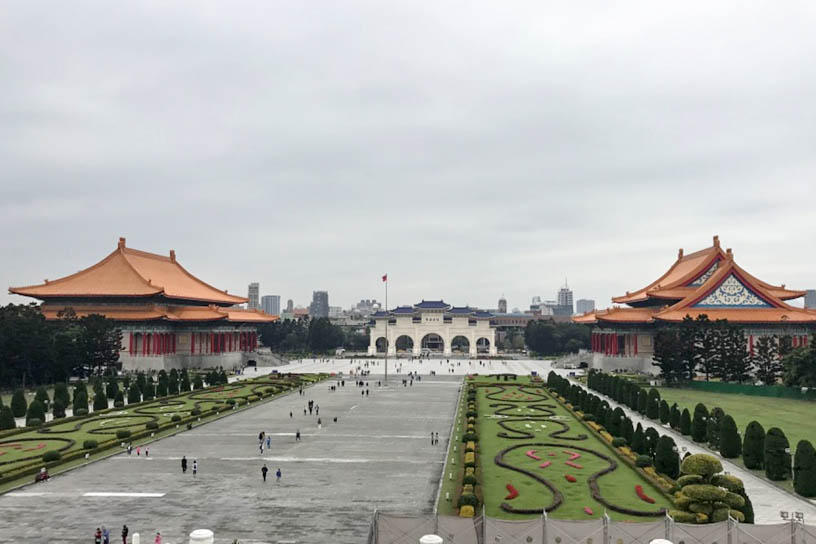


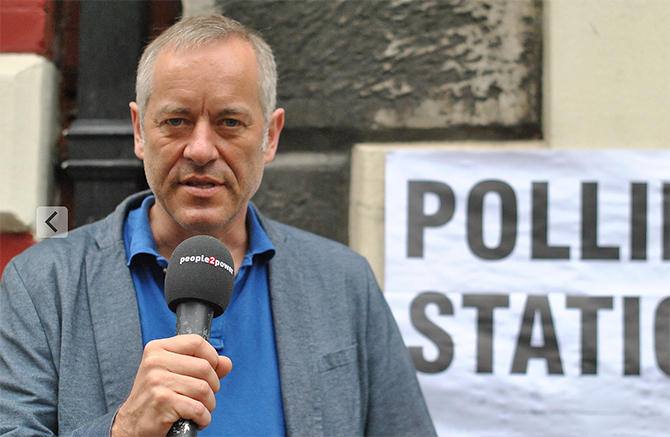
You can find an overview of ongoing debates with our journalists here . Please join us!
If you want to start a conversation about a topic raised in this article or want to report factual errors, email us at english@swissinfo.ch.